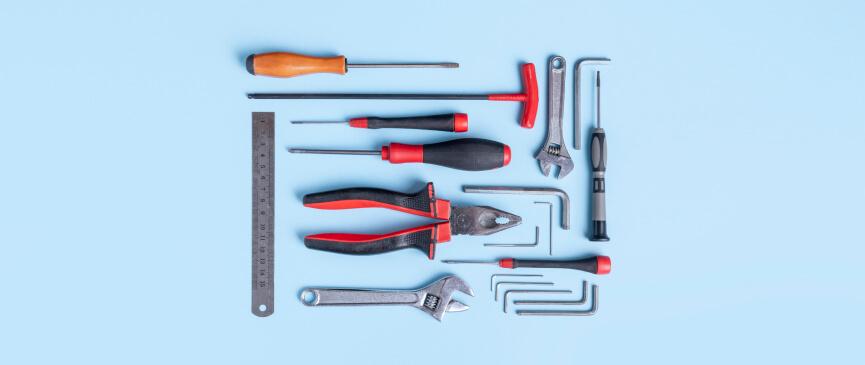Save Money and the Planet with the New Energy Home Improvement Tax Credit (25C)
The Inflation Reduction Act (IRA) offers great tax incentives to boost your home comfort and help slash your energy bills.
Are you planning home improvements to enhance your home's energy efficiency? If so, the Inflation Reduction Act's Energy Efficient Home Improvement Tax Credit (25C) could save you money on your upgrades and also help you reduce your carbon footprint. The IRA includes several tax credits that incentivize homeowners to buy qualifying high-efficiency HVAC systems, such as furnaces, ACs, heat pumps, and more. This exciting initiative aims to help Americans go green and save money in the process.
A similar credit was first passed in 2005 and then renamed, increased, and extended under the Inflation and Reduction Act (IRA) of 2022. The credit includes a series of tax credits for homeowners making energy-efficient home improvements, including installing an energy-efficient HVAC system. The IRA extended the tax credits through December 31, 2032.
In its latest budget bill, the 119th Congress has terminated the 25C tax credit, effective December 31, 2025.
How does the Inflation Reduction Act work?
The Inflation Reduction Act (IRA) is a key bill designed to address some of the most significant issues the United States is facing, such as climate control and healthcare. The $740 billion climate and healthcare legislation signed into law in August 2022 includes clean energy tax credits and other relevant tax incentives that homeowners can benefit from when they make green upgrades.
What is the Energy-Efficient Home Improvement Tax Credit (25C)?
The Energy Efficient Home Improvement Tax Credit (25C) is one of the most important aspects of the IRA for homeowners. This tax credit, formerly known as the Nonbusiness Energy Property Credit, is new and improved through the IRA and provides opportunities to save on your energy-efficient upgrades. Interested in the particulars? Here’s what you need to know:
The tax credit provides homeowners with up to 30% of the installation costs for qualified expenditures. This tax credit program has a new deadline of December 31, 2025.
Under the 25C credit, there is an annual cap of 30% of the installed costs, with a maximum of $1,200. Qualified air conditioners or furnaces may receive up to $600 each. There is also a separate annual limit of $2,000 for qualified heat pumps, which means a homeowner could claim up to $3,200 in credits annually.
How does the Home Improvement Tax Credit (25C) help the environment?
The Home Improvement Tax Credit (25C) is designed to accelerate the adoption of high-efficiency HVAC systems by homeowners. Higher-efficiency HVAC systems consume less power and help lower monthly utility bills for homeowners. Homeowners can also reduce fossil fuel usage of their HVAC system by upgrading to a hybrid heat system that combines a furnace and a heat pump (such systems could qualify for more than $2,000 in tax credits), or eliminate fossil fuel usage entirely by going with an all-electric heat pump and air handler system.
These environmentally-friendly HVAC options can significantly reduce carbon dioxide emissions and mitigate the devastating impacts of climate change. The Home Improvement Tax Credit (25C) rewards homeowners for making this switch.
Your local American Standard dealer can help
American Standard offers several products that qualify for the 25C tax credit. For more information on cost and energy savings, including how to take advantage of the latest rebates, visit American Standard's credits, rebates, and offers page, and contact your local American Standard HVAC professional. A local tax professional can also assist you in confirming your tax eligibility.



